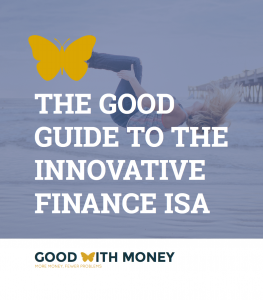The below article is taken from the Good Guide to IFISAs – download it now for free.

The world turned on its axis in 2016 and we may start to see some of the repercussions of that for our money this year.
The biggest threat on the horizon for savers and investors is undoubtedly inflation. The cost of goods and services is rising, with some experts predicting that inflation could reach 5 per cent next year – well above the Bank of England’s target rate of 2 per cent.
Part of the reason for this rise is the ramifications of Brexit; part of it is ultra low interest rates, which do not seem likely to rise by much this year, even with the pressure of rising inflation. High inflation can dent investment returns, because the real return (taking into account prices) is being eroded all the time by rising prices. In other words, the money you are earning will buy you less, the more inflation rises. This is a problem for all savers, but particularly those in receipt of fixed interest rates over long-terms.
If inflation rose to 5 per cent, then an investment with a fixed interest rate of 5 per cent over the year would not have rewarded the investor for their saving efforts at all.
This is where the IFISA comes in.
Inflation is a much bigger threat to cash savers, currently earning less than 2 per cent, than it is to peer-to-peer lenders, typically receiving between 5 and 7 per cent. If anything, inflation provides a bigger incentive to move into the highest paying vehicle possible.
Caveat: those nervous about inflation may wish to consider shorter terms for their investments – the greatest risk is tying your money up for many years in a high inflation environment.




